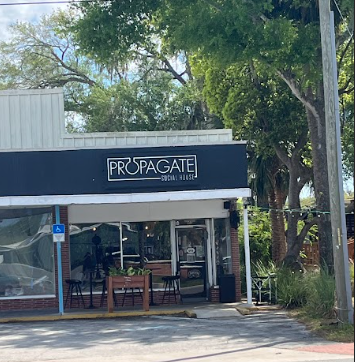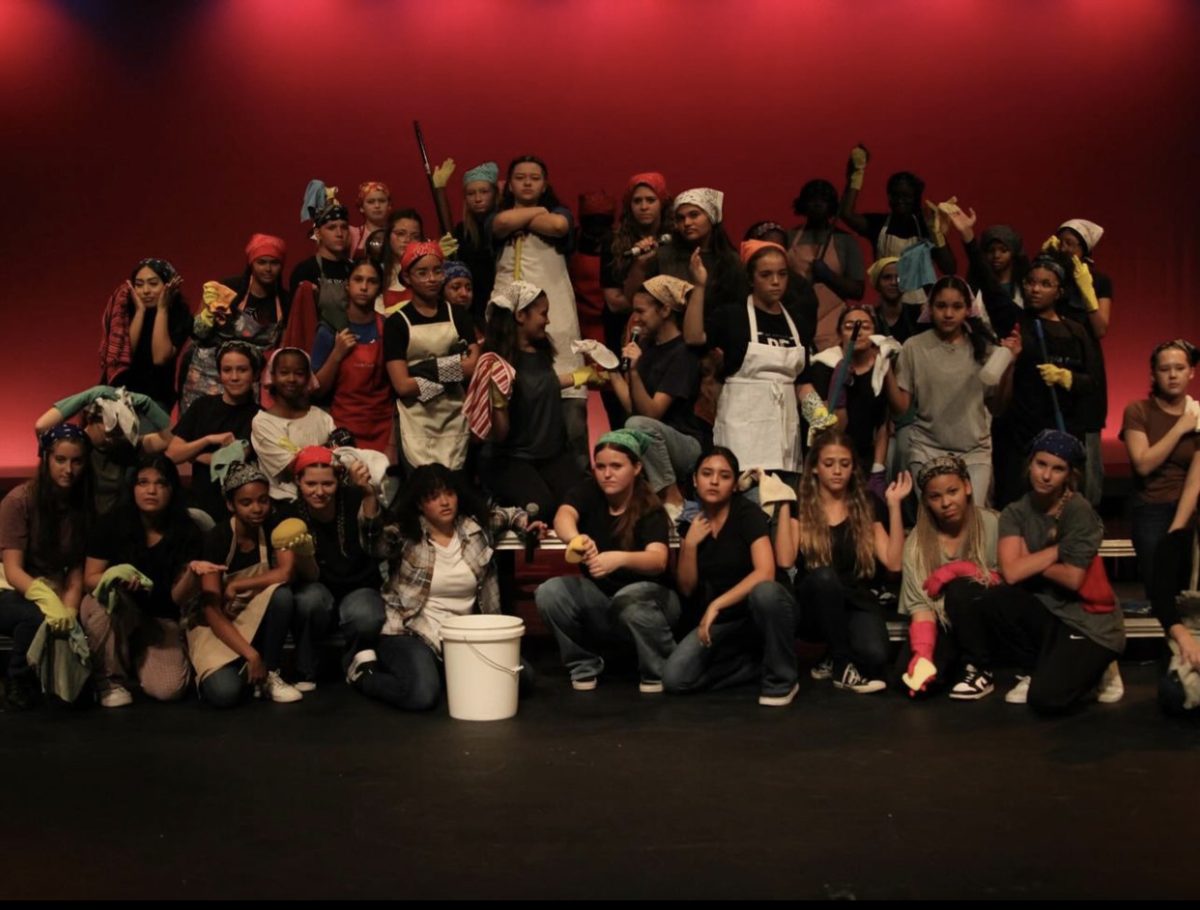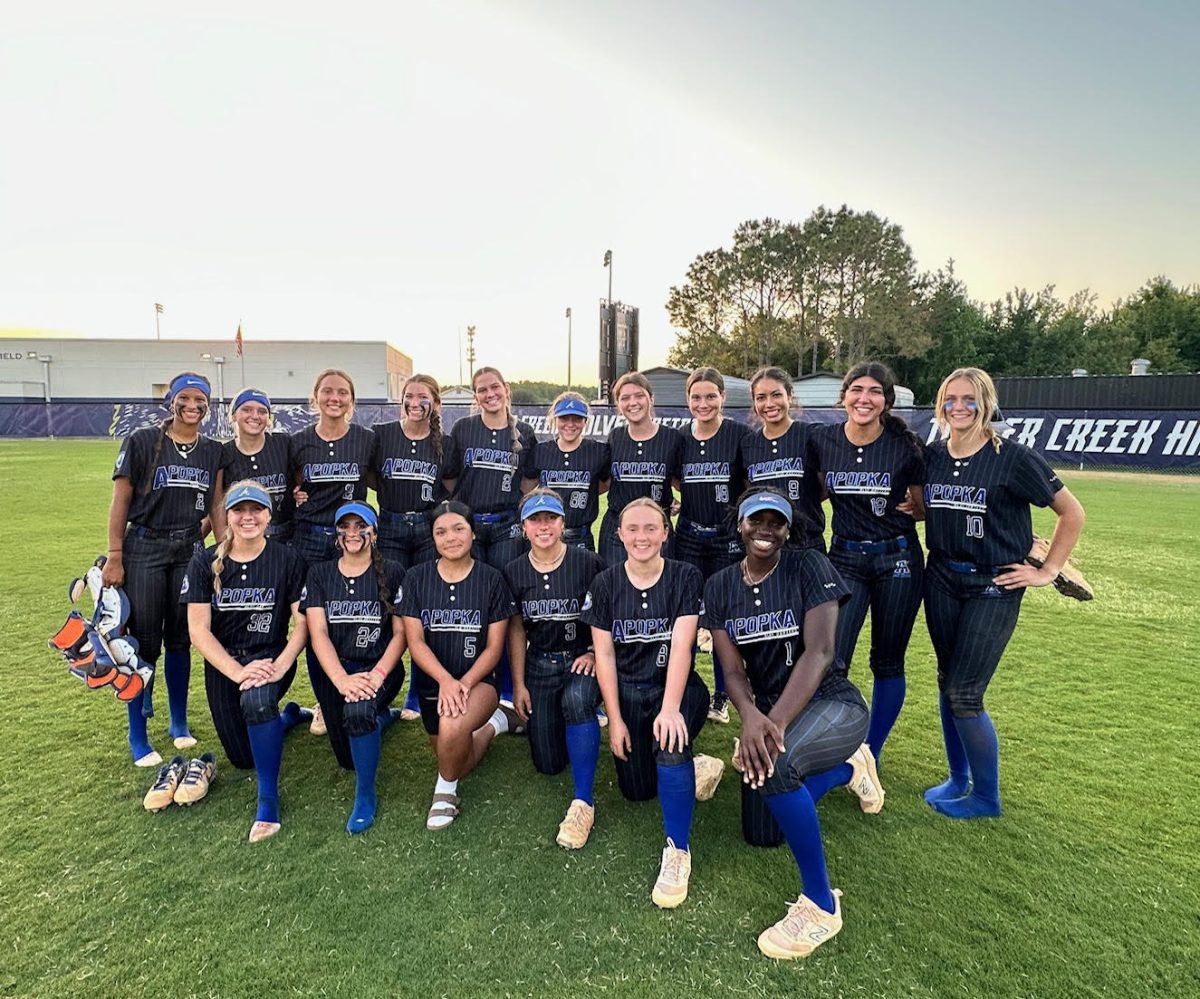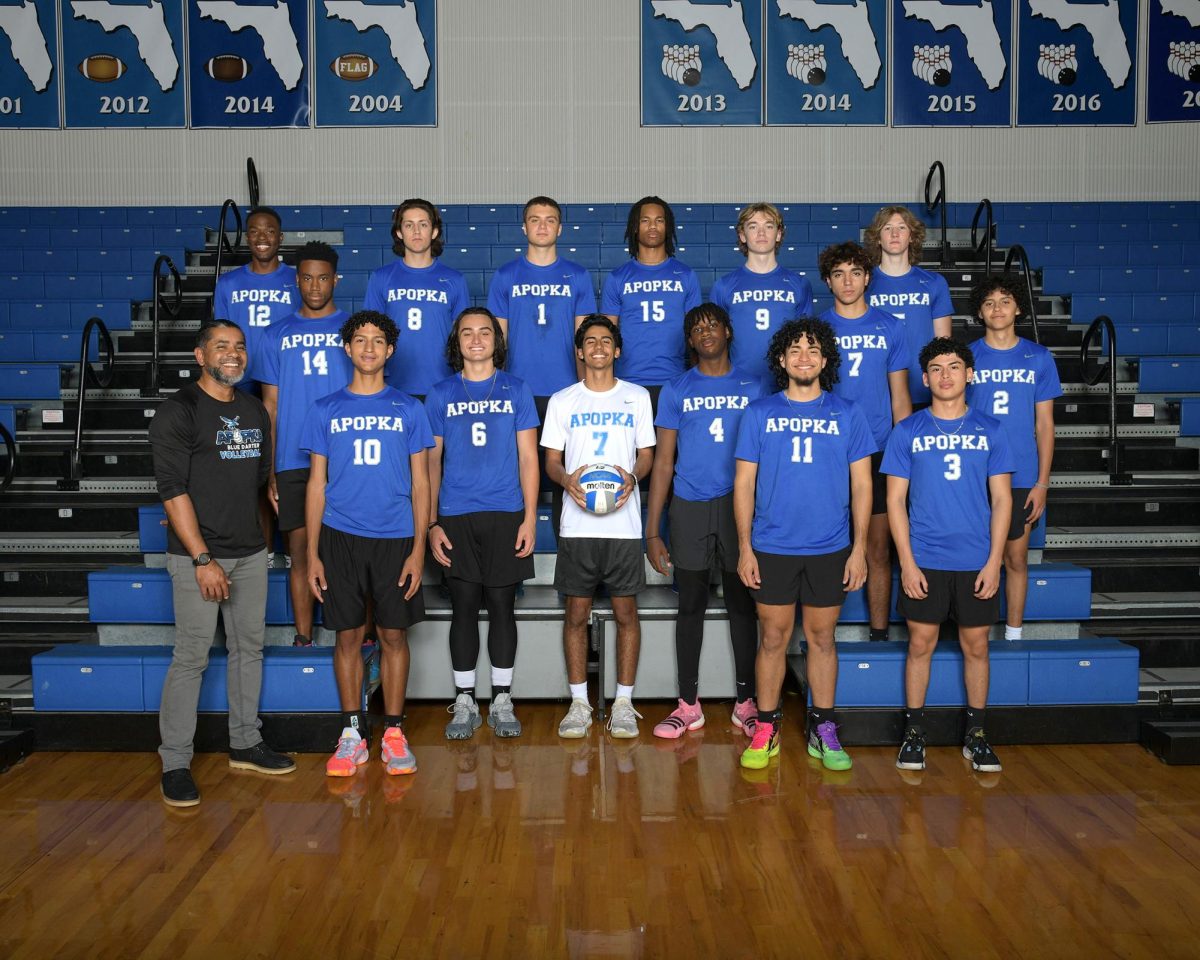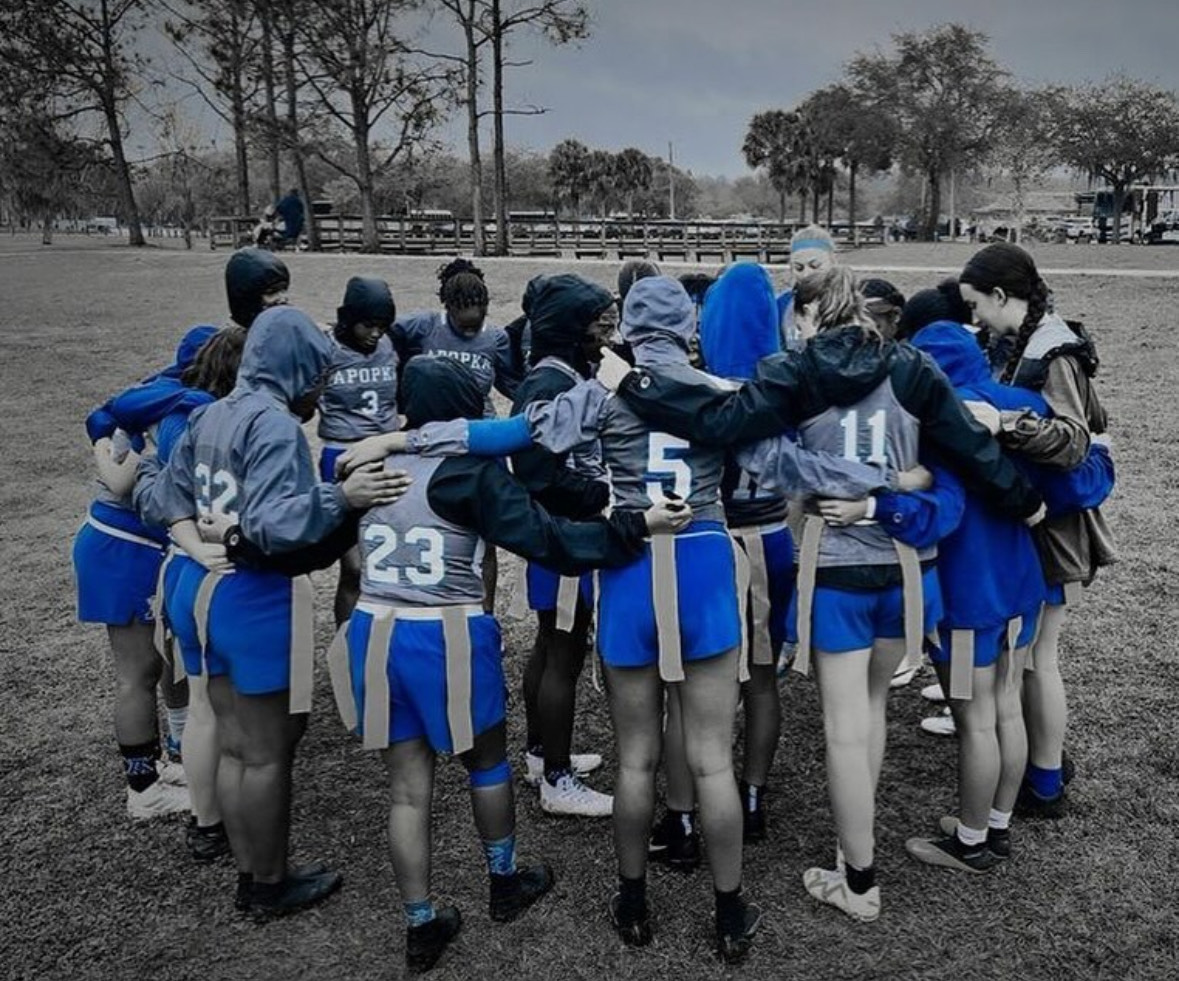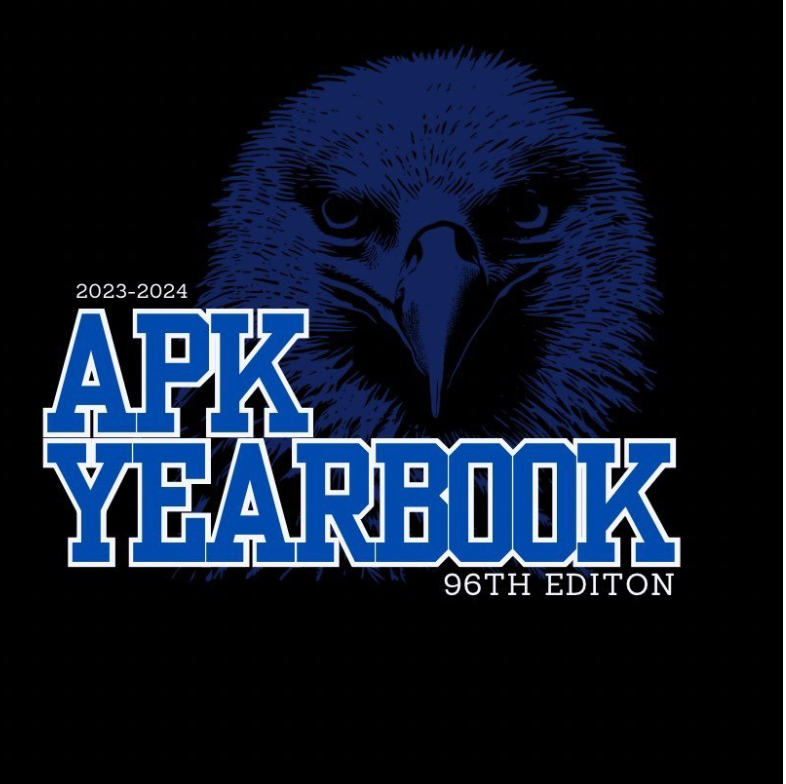Public education is free, or is it? How much money do you spend on school? Clubs, extracurriculars, and even actual classes have fees. What are they for? What does the money go to? Are these fees really necessary? The Blue and White investigated these questions.
High school is not cheap, and the students here would agree. We talked to students and teachers about school-related expenses. Band, SGA, art, clubs, cheerleading, homecoming, keyboard, and other activities all have costs included in them.
Natalie Davis, a junior in the band, told us about her fees. She told us that band members pay an annual fee of $250 that “helps with paying for transportation, uniforms (shirts, shoes, shorts, and concert shirts and pants), and concessions at home games.” Natalie also told us about extra merchandise that isn’t required. Jackets are $80 and hoodies are $40. We asked Natalie if she thought the fees were necessary; she said, “I do believe for extracurricular activities it is necessary because there are funds such as transportation and activities that do need help to be funded. Sponsors cannot pay for everything out of their pocket.” She also agreed that the money from the fees benefits her personally.
of $250 that “helps with paying for transportation, uniforms (shirts, shoes, shorts, and concert shirts and pants), and concessions at home games.” Natalie also told us about extra merchandise that isn’t required. Jackets are $80 and hoodies are $40. We asked Natalie if she thought the fees were necessary; she said, “I do believe for extracurricular activities it is necessary because there are funds such as transportation and activities that do need help to be funded. Sponsors cannot pay for everything out of their pocket.” She also agreed that the money from the fees benefits her personally.
We also talked to Mr. Langford, the band director, about fees and he said, “Students fair share helps to cover the cost of providing sheet music, resource teachers/instructors, large instrument purchases, marching band drill, transportation, administrative costs to run the program, select uniform items such as our new jerseys and the yearly band t-shirt.” Mr. Langford informed us that the program does receive some assistance in paying for factors like transportation. From what we gathered from Natalie and Mr. Langford, the band fees are absolutely necessary. Mr. Langford said this about the necessity of paying fees, “Without these costs we would have great difficulty in providing the experience that is offered to our students…While we would hope to keep costs to a bare minimum, it does take extra funding that is not provided for by our school system to supplement a quality music education experience for each member.” An additional note from Mr. Langford says, “Compared to many of our area programs, our band’s fair share is approximately half of what other programs have their students pay. We work diligently to ensure our members have a top-notch experience while being cost conscious in an effort to meet the needs of each player. We are also blessed with incredible opportunities through our booster parent organization that operates a variety of fundraisers each year to help offset many of our costs. It truly takes a village to make it all work and at the end of each year, we are proud to look back and know that we did whatever it took to ensure our kids had an amazing experience”

However, band is not the only activity with required fees. The cheerleading squad, coached by Ms. Bercegeay, also has to pay fees. According to Ms. Bercegeay, fees for cheerleading “vary depending on the team and year of cheer.” She also told us that the fees “provide all of their gear needed to participate in this activity such as their uniform, bows, shoes, backpack, poms, t-shirts and jacket. For competition cheer, it also includes their fees to compete.” Ms. Bercegeay says the fees are definitely necessary as they “would not be able to function as an organization without student fees.” We talked to Shila Gillis, a varsity cheerleader in 11th grade. She has a little bit of a differing opinion. Shila agreed that the fees were necessary up to a certain point. Shila said, “I think 1,000 dollars for an extracurricular is a bit much. I do hope there are ways the school can work around charging their students that much money to participate. However, I see it necessary to pay fees for certain activities so the club can do more.” As she is now a varsity cheerleader, Shila had to pay $300 a month for 3 months this year for a new uniform.
Color Guard also has some “fair share fees” they are required to pay. We talked to Junior Rosia Bennett, the captain of the color guard. She told us that fees depend on if “you’re a vet or a new person on the team.” As the captain, Rosia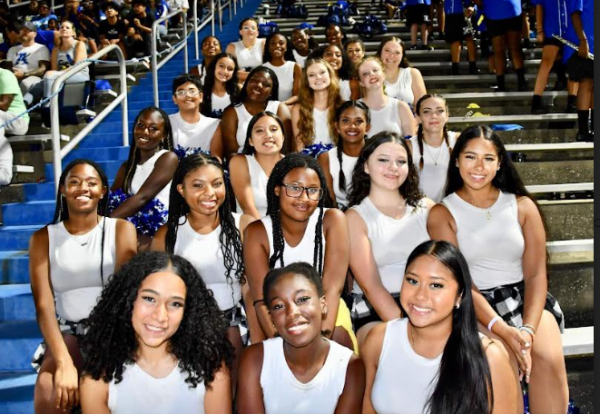 pays $410. Thankfully, the color guard team does a lot of fundraising for the fees so it helps cover some of the cost. Rosia also told us that the money goes to buying costumes, flags, the tape, and registering for their competitions. Coach Wayne Notice explained the color guard is “exclusively funded through the financial support of the students, parents, and the occasional sponsor,” therefore, it is “extremely necessary that students pay their fair share in a timely manner.” However, they “try to be flexible and considerate of people’s different financial situations.”
pays $410. Thankfully, the color guard team does a lot of fundraising for the fees so it helps cover some of the cost. Rosia also told us that the money goes to buying costumes, flags, the tape, and registering for their competitions. Coach Wayne Notice explained the color guard is “exclusively funded through the financial support of the students, parents, and the occasional sponsor,” therefore, it is “extremely necessary that students pay their fair share in a timely manner.” However, they “try to be flexible and considerate of people’s different financial situations.”
There are way too many fees for us to cover in just one article, such as art fees, club fees, honor society fees, not to mention other non-educational expenses like homecoming, prom, and parking decals. It’s easy to see that high school is not cheap, but that’s the price you pay to be involved.





